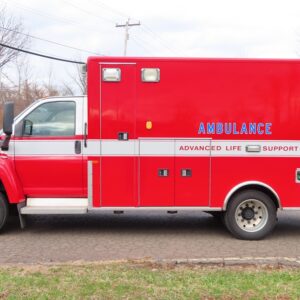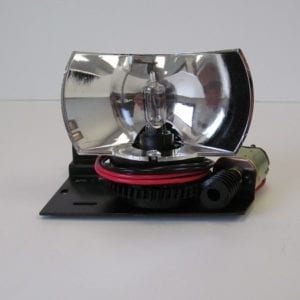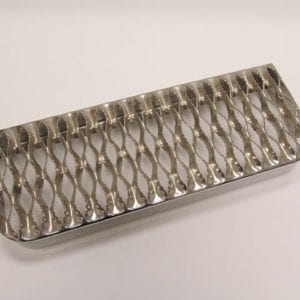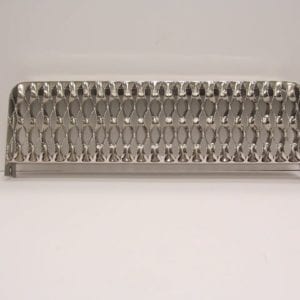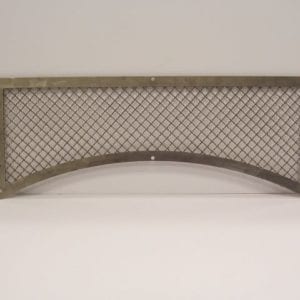Electroluminescent Panels
Electroluminescent (EL) panels are flat, thin devices that emit light when an alternating current (AC) is applied to them. However, many devices and systems, especially portable ones, operate on direct current (DC). In these cases, if you want to use an EL panel, you’ll need a device known as an “EL inverter” or “DC to AC inverter” to convert the DC voltage to AC. They work on the principle of electroluminescence, where certain materials emit light in response to an electric current or a strong electric field. EL panels are often made from phosphorescent materials sandwiched between layers that conduct electricity. When the electric current passes through the material, the panel produces a cool, glowing light.
Here’s how EL panels are used on emergency vehicles:
- Visibility and Identification: Emergency vehicles need to be easily identifiable and visible, especially in low-light conditions or during the night. EL panels can be used on the interior of vehicles to provide consistent illumination, marking the vehicle clearly for other drivers.
- Safety Signage: EL panels can be used to display safety messages, symbols, or warnings. For instance, an ambulance might have an EL panel displaying the universal medical symbol, or a fire truck might have one showing a fire emblem. These illuminated signs can be seen from a distance and can be especially useful in foggy or smoky conditions.
- Internal Lighting: Inside emergency vehicles, EL panels can be used as a source of soft, ambient lighting. This is especially beneficial in ambulances where bright internal lights might be disruptive to patients. EL panels provide enough light for paramedics to work without being blinding or causing discomfort.
- Flexibility in Design: Given that EL panels are thin and flexible, they can be shaped and molded to fit various parts of an emergency vehicle, whether it’s a curved surface or a flat one. This allows designers to integrate them seamlessly into the vehicle’s design.
- Low Power Consumption: EL panels are energy-efficient, which means they won’t drain the vehicle’s battery quickly. This is crucial for emergency vehicles that might need to keep lights running for extended periods.
- Customizability: EL panels can be designed to flash or display different patterns, making them even more noticeable. This is advantageous for emergency vehicles that need to stand out in traffic.
While LED lights remain the primary source of lighting emergency indicators on such vehicles, EL panels offer a supplementary solution that can improve visibility and identification. Combining these technologies ensures that emergency vehicles are both noticeable and safe in various conditions.





